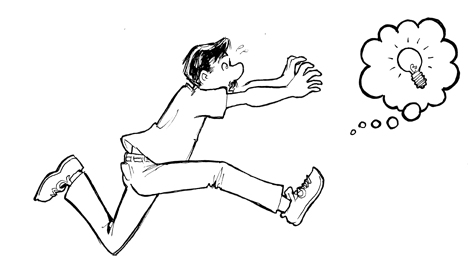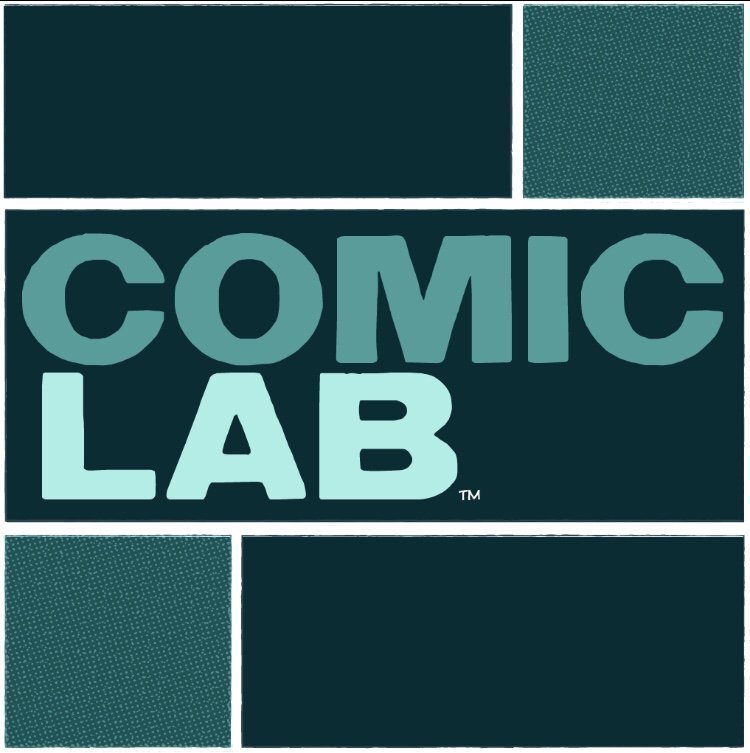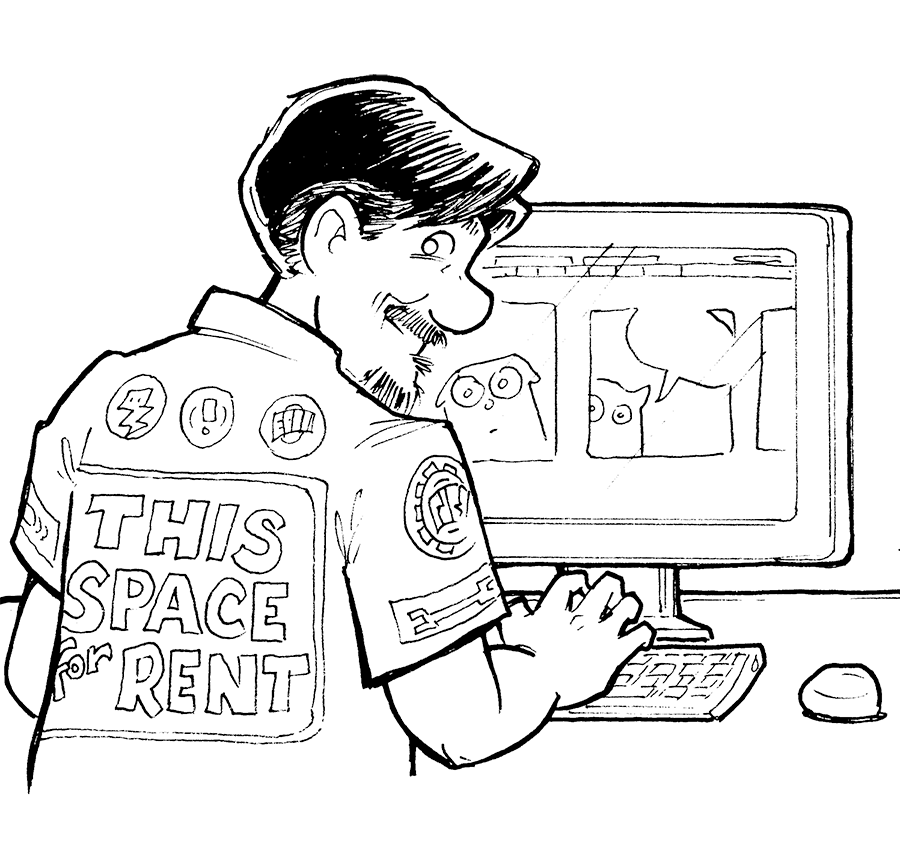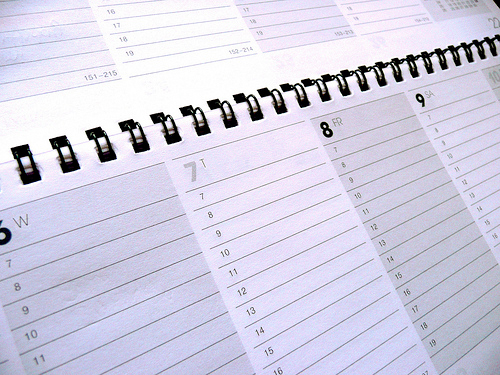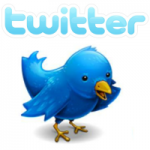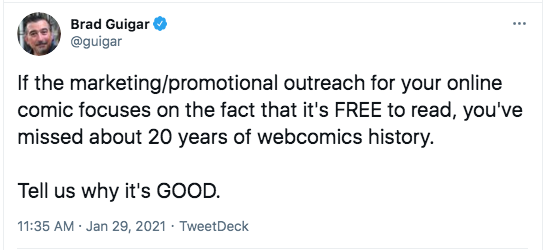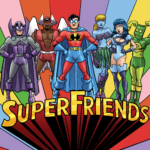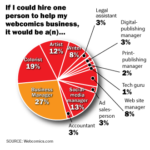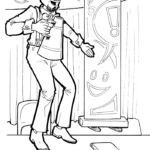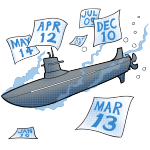Offering commissions can be a great way to add an income stream to your business. It can also be an effective Patreon reward. But managing expectations and communicating clearly with clients and backers can be a delicate dance. Here’s how to get off on the right foot.
Commission List
Your first step should be to establish a Commissions List. This is a list of spaces available for paying customers/backers to fill with their requests. You should have an idea of how long you’re able to reasonably devote to commissions in a short time period (for example, a month). And you should limit the number of slots to the number of commissions you can comfortably complete during that time. If you’re offering commissions through Kickstarter or Patreon, limit the number of rewards that are available there, as well.
If you start to fall behind and make people wait an unreasonable amount of time for their commissions, you can chase away return customers. And return customers are going to be the driving engine for you commission strategy. My advice: Set strict limits and loosen them only when you’ve got enough experience to make the judgement wisely.
Don’t discount digital
As artists, we tend to prize original art. But many people who want to participate in commissions can often be more focused on the image itself. And they love digital commissions. They just want to see how you’re going to draw the idea they have in mind. Digital commissions are often less expensive, too. When you complete the image, offer them a high-res version for printing and a low-res version for screens.
Price Sheet
Set up a list of all of the types of commissions you’re willing to do, broken down by levels of complexity and price. Some of the options you might consider are:
- Figures: Head / bust / one figure / two figures / etc.
- Color: B&W / flat color / shaded color
- Backgrounds: None / simple / complex
- Characters: Your original characters / their OC / licensed characters
For each combination of the options you’re willing to produce, you should have a price — and maybe even a sample image. You should also include the final size (width x length) of the art.
When you’re deciding what to charge, keep in mind that you only have one opportunity to get paid for this — and it’s a piece of art you’re creating especially for one individual. This is not the time to be meek. Set your price at a level at which you’re adequately compensated for the time you’re going to use creating it. Remember the Golden Rule of price-setting: You can always come down from a high price, but it’s awfully hard to raise a price once customers have the expectations of low amounts.
Get paid up front
Always, always, always demand payment up front. For higher-priced works — like inked commissions on quality illustration board, you be flexible and allow the client to pay 50% up front, but you should not send even a scan of the final art until that remaining 50% has been paid.
Set a reasonable price for your work. Digital art can be priced lower. It can be reproduce. But original art is a one-of-a-kind item, and its scarcity should drive the price higher.
Get paid twice… or three times…
Reserve the right to keep a master copy of the original file — or a high-resolution scan — that you can use in future projects. These make great extras for graphic novels. You can collect all of them into an artbook. Compiled into an eBook, these can also make cool Patreon rewards.
Communicate the process — and then control it
Be upfront about what you’re willing to do — and how the process is going to play out. This is information the client needs to have before they put their money down. For my commissions, it works like this:
- They share their idea — in as much detail as they’re willing to provide
- We discuss the concept and agree on a verbal description.
- I make a loose sketch of the scene for approval
- The client can make requests, but unless it involves an idea/item/concept that we previously discussed, its addition is at my discretion alone. In other words, it is too late to start adding to the scene.
- Once the scene is approved, I move on to final art.
- I share a scan of the final line art before moving to the coloring process.
- I share the final, colored art — hi-res and low-res — along with a sincere thank you.
This is important. Early in the process (before/during the sketch) I will actively solicit the client’s feedback. This is the time to get all of the ideas out. So will use phrases like
- what do you think?
- what are your thoughts?
- let me know what your reaction is
After the sketch has been approved, I change my language. I stop asking questions and start making statements.
- Here’s the sketch!
- Take a look at the inks
- The colored version is now available
Why? Because experience has told me that if you ask questions, you’ll get answers! In other words, in phrasing your thoughts as questions, you’re soliciting input. You can’t be upset when you get what you requested! Once we’re past the sketch-approval phase, I stop soliciting. If there;’s something truly bothering the client, they’ll broach the subject. On the other hand, by asking questions, I’m opening myself up for less-than-serious concerns.
Control the process
Your client is going to be excited that you’re taking their idea and turning it into a reality. And it’s not unusual for that excitement to turn into a runaway train of add-ons and second-guesses. That’s why it’s important to control the process. Tell the client how this process will unfold, and then follow that guideline closely.
For example, you may require half of the payment upfront, offer approval at the sketch stage, and then at the pre-finished-art stage. Then, you might request the remainder of the payment before delivering final art. Make a checklist and send it to the client, listing out all of the steps along the way — as well as what’s expected of them (and you) at each step.
If there’s a clear-cut pathway forward, it’s much more difficult for someone to go charging of in a different direction.
Conventions
Finally, you might offer commissions at conventions. This has the added enticement of your client being able to…
- meet you
- potentially watch you working on a portion of their commission
- receive the final piece directly from your hands
Convention commissions present a unique challenge because of the condensed time frame. Your clients will generally expect the final art by the end of the convention. (This benefits you, as well, because it eliminates shipping costs and logistics.) But that means you have to be finished will all of your commissions before the show ends. Therefore…
- Launch a commissions list before the show starts and publicize it on your site/social media.
- Limit the slots on the list to a reasonable number.
- Get ideas/concepts from your clients before coming to the show
- Start — or even complete — some of the pieces before leaving for the show
- Be prepared to work from your hotel room outside of show hours and bring along the necessary equipment to do so
Manage expectations
Doing commissions successfully really comes down to managing expectations. If you’re not comfortable doing NSFW work, then make that clear. If you are comfortable doing NSFW, you can still set limits as to which concepts or scenes you’d like to avoid.
Make sure your client understands what legal rights they’re buying along with the art. Do they have the right to reproduce the image? Do they have the right to post it online? Will you retain the right to reproduce it — for example, in a book or as a Patreon exclusive?
Commissions can be an excellent way to build another reliable income stream for your business. And it’s excellent for last-minute revenue boosts. Be prepared to guide your clients through a clearly stated pathway, and manage expectations. If you’re successful, you can count on those clients coming back time after time to support your work in comics — and get awesome one-of-a-kind art in the process!

